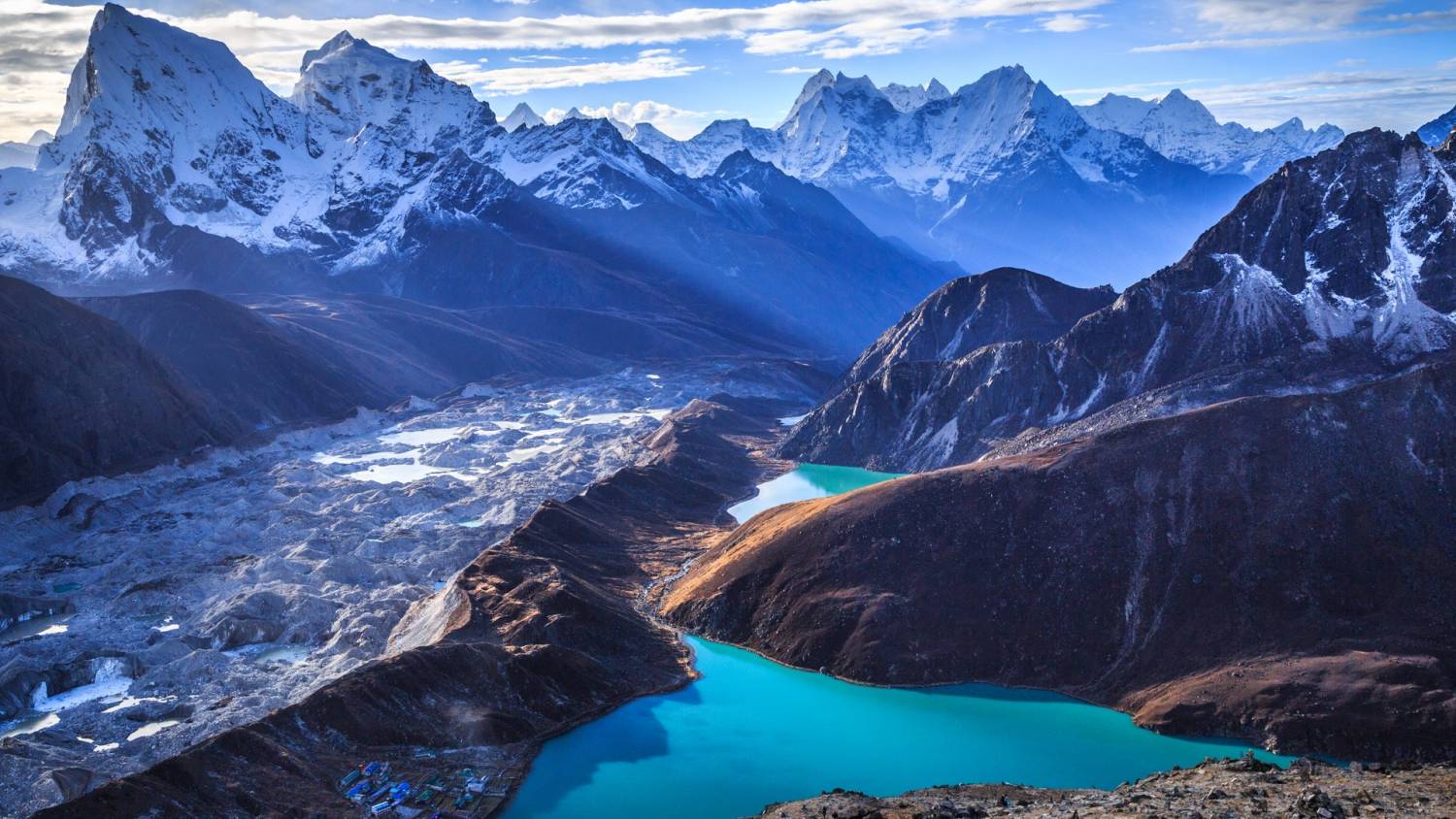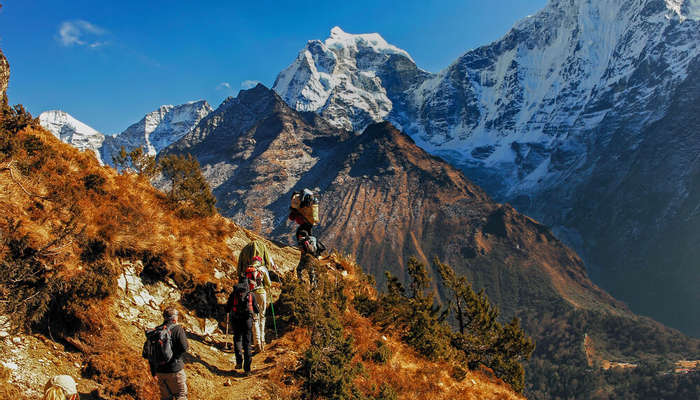Mount Everest, considered the world’s highest peak, belongs to the Himalayan mountain range. This huge peak with a height of 8,848 meters is located on the border of Nepal and Tibet. Since ancient times, the people of Nepal have considered Mount Everest as a sacred place. So they call it by the name ‘Sagarmata’. It means ‘Mother of Gods’. Due to the beauty of the area where Mount Everest is located, a park was started in the 70s. Known as ‘Sagarmata National Park’, it has become the highest park in the world. So, from now on, we present to you about the wonder of Sagarmatha National Park.
Beginning of the park
The third international conference of the World Wildlife Fund was held in Bonn, Germany in 1973. At that time, the Everest ecosystem, which was being destroyed, and the preservation of its endangered species were discussed at the conference. As a result of those discussions, it was officially announced that day about the establishment of ‘Sagarmata’ park near Mount Everest. The construction of the park which started after that was completed by July 1976. Therefore, it was possible to officially open it on July 19.
location

Sagarmatha National Park is located in Solukumbu district of eastern Nepal. Spread over an area of 124,400 hectares, this beautiful park is located at a height of 9184 feet above sea level. Therefore, this is considered to be the highest park in the world. You can see how this park is surrounded by a high mountain ring and is located in an extremely rough terrain. Among those mountains, Barunts, Lotz, Nuptse, Pumori, Guachung Cang, Cho-Oyu and Nangpai Gosum are the highest mountains. Nearest to this park is the ‘Namche Bazar’ settlement. Therefore, Namche Bazaar area is the accommodation of many tourists who come to visit the Sagarmatha Park.
Climate of the area

The region has a generally semi-arid and subtropical climate and receives most of its rainfall during the active monsoon season. About 80% of the total annual rainfall in this area falls from June to September. It also receives the highest rainfall in the months of July and August. This area receives the least rainfall in the last three months of the year. Sagarmatha Park is located at a height of 9184 feet above sea level, so it has a very cold climate. January is the coldest month in this region. In the month of January, the temperature range here is as low as minus (17-8) Celsius. A maximum temperature is recorded in the month of August in the vicinity of Sagarmatha Park. The temperature range in that month is between 1-6 Celsius. It can be observed that the area around the park receives heavy rain during the time of high temperature. During such heavy rains, the glaciers on the surrounding mountains melt and flow down the rivers, causing floods.
Natural vegetation

While about 70% of the total area belonging to the Sagarmatha National Park has become barren land, 26% of the area is grassland. It can be seen how the remaining 4% of the land is covered by forests. It can be seen how the forest system located around the park is divided into 6 main zones according to altitude (vertical distance between any place on earth compared to sea level). Different types of plants with different characteristics are found in the regions separated in this way. In this park, species of plants such as pine, alpine, scrub, juniper, birch, rhododendron, lichen, moss, dwarf grass and pine can be observed.
Due to the slow growth of vegetation in the area around the Sagarmatha National Park, the Nepalese government designated it as a buffer zone. According to the law that came into effect in 2002, 30% of the total income received from the park was used for the development of the buffer system. As a result, reports show that bio conservation in this region has been done well in the last 2 decades.
Types of animals found

A large number of different species of animals can be seen in the ecosystem associated with this wonderful park. 28 species of mammals, 152 species of birds, 19 species of waterfowl and 30 species of butterflies have been recorded from this park. Red panda, snow leopard, musk deer, Himalayan tahr, Himalayan mouse hare, snow fowl, impenetrable bird, gray wolf, martens are some of the animal species. Generally, most animals are seen in the park in the morning. Therefore, most of the tourists come here in the morning to see the animals.
Best time to visit
 The area around the Sagarmatha National Park receives the least amount of rainfall in the months of October, November and December. Therefore, at that time
The area around the Sagarmatha National Park receives the least amount of rainfall in the months of October, November and December. Therefore, at that time
More rescuers come here. During the spring season from March to May, the park is full of flowers and looks beautiful. As a result, the park is full of tourists during the months of March, April and May. Visitors are not allowed to use motorbikes and mountain bikes in the park. To climb mountains less than 6000 meters high, permission must be obtained from the Nepal Mountaineering Association. There is a $1000 fee for a commercial shoot in this area. It should be noted that it is one of the best sources of income for this park.
A UNESCO World Heritage Site
UNESCO World Heritage sites are divided into 6 main categories. These are 6 categories: natural world heritage, cultural world heritage, mixed world heritage, natural world heritage under threat of destruction, cultural world heritage under threat of destruction, and mixed world heritage under threat of destruction. In this way, UNESCO started announcing World Heritage for the first time in 1978. 12 famous places were included in the list. In this way, this unique park was also included among the UNESCO World Heritage Sites named in 1979. Since then, this unique ecosystem has become an area that has attracted the attention of the whole world. Therefore, Sagarmatha Park has become one of the most popular tourist attractions today.



